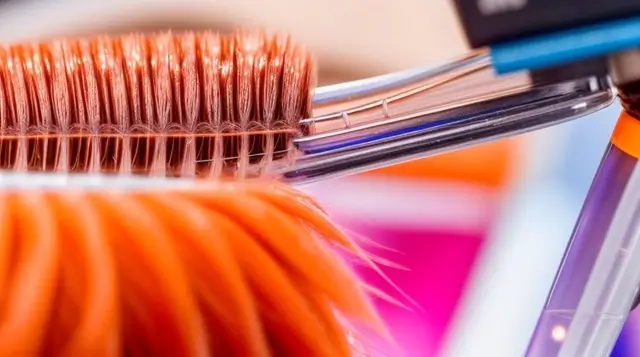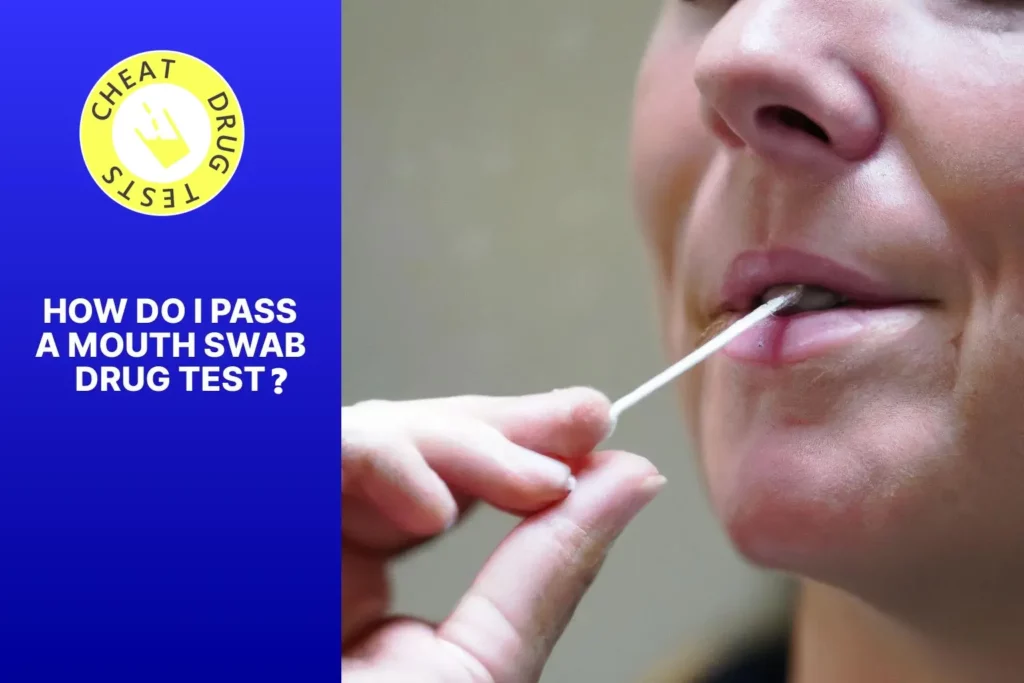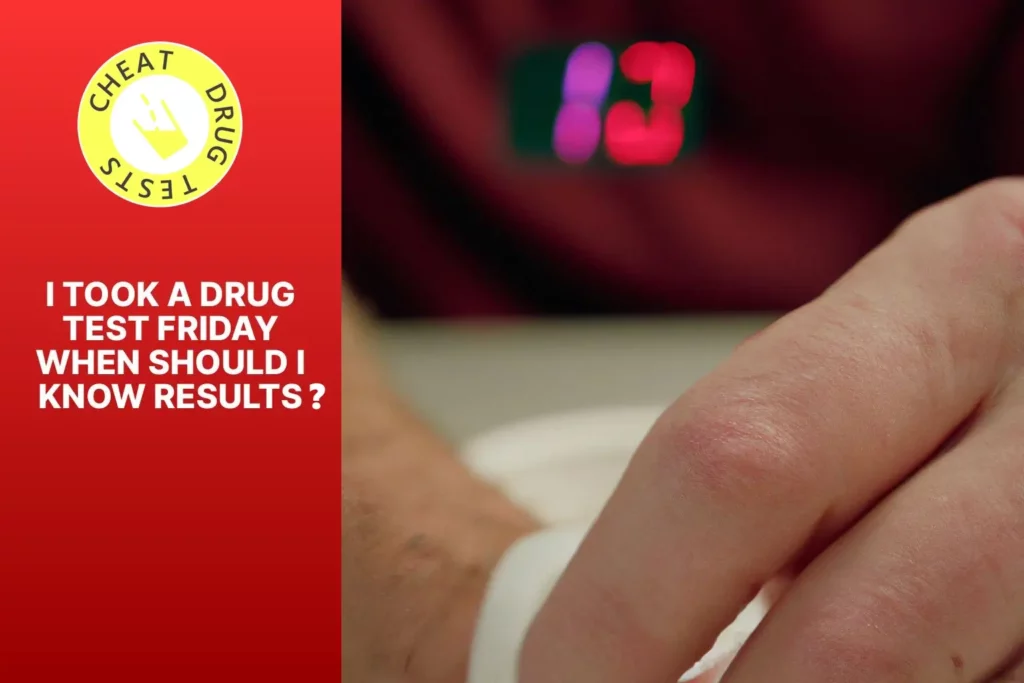Hair drug tests are gaining popularity for several reasons – like employment screening, legal proceedings (DUI cases) and personal curiosity. They provide an in-depth overview of a person’s drug history by studying their hair. Here, we will explore the science behind a hair drug test.
Hair testing is different from urine or blood tests. It can detect a longer drug use history than other methods. To collect a sample, hair is cut close to the scalp. The most accurate results come from head hair, as its growth is slower.
The sample is then washed with a detergent to remove external contamination. After that, the washed hair is dissolved in a solvent which breaks the keratin structure and releases any drugs. Various techniques like ELISAs or GC-MS are employed to identify and quantify the drugs present.
Here is an example of a hair drug test’s accuracy and reliability: John was accused of DUI. He denied all drug/alcohol intake, but the officer remained unconvinced. The court then ordered a hair drug test. It revealed alcohol and traces of marijuana – leading to John’s conviction.
What is a hair drug test?
A hair drug test is becoming popular due to its long detection window. It involves taking a small sample of hair, usually from the scalp, and sending it to a lab. This sample is processed with chemicals to detect the presence of drugs.
Unlike other tests, hair drug tests can detect drug use that happened months ago. This is because drugs and their metabolites are deposited into the hair shaft as it grows. Thus, traces can be found for a long time.
The substances detected in a hair drug test include marijuana, cocaine, crystal meth, LSD, MDMA, fentanyl, oxycodone, and alcohol. It is a reliable method to identify substance abuse.
Hair drug tests are used for pre-employment screenings, legal proceedings, probation monitoring, and athletic competitions. It provides employers and organizations with information about an individual’s past drug use.
How does a hair drug test work?
A hair drug test is used to find out if drugs are in a person’s system. It looks at the hair for traces of different substances, like fentanyl, alcohol, LSD, MDMA, crystal meth, cocaine, marijuana, and oxycodone.
When someone takes drugs, the body breaks them down into metabolites. These metabolites get into the bloodstream and get stuck in the hair follicles as the hair grows.
To do a hair drug test, a small sample of hair is taken from the back or crown of the head. Then, it is sent to a lab. There, it goes through several tests.
First, the hair is washed to get rid of any surface contaminants. Then, it is cut up and tested using enzyme immunoassay (EIA). If the EIA finds something, it is tested with gas chromatography-mass spectrometry (GC-MS) to make sure of the results.
Hair drug tests last longer than urine or saliva tests, so they are becoming more popular. The length of the hair can show if drugs were used months ago.
For example, in 1989, actor Robert Downey Jr was arrested for DUI and cocaine and methamphetamine possession. Evidence against him included hair drug testing that showed he had drugs in his system. This case showed how useful hair drug tests can be in providing proof of drug use after a long time.
Common drugs detected in a hair drug test
This table shows the drugs that can be seen in a hair drug test:
| Drug | Detection Time |
|---|---|
| Fentanyl | Up to 90 days |
| LSD | Up to 3 months |
| MDMA | Up to 3 months |
| Crystal Meth | Up to 3 months |
| Cocaine | Up to 90 days |
| Marijuana | Up to 90 days |
| Oxycodone | Up to 90 days |
It may differ depending on how often it’s used and length of hair.
The hair drug test has advantages over other tests. It can detect use over a longer time frame than urine or saliva tests. Plus, it gives a better look into drug history.
Tip: If you need to take hair drug tests, stay away from any illegal substances for three months before it.
Understanding the results
Let’s take a look at what a hair drug test is able to detect. Here’s a list of the different drugs and their corresponding detection windows:
- Fentanyl – up to 90 days
- Alcohol – up to 90 days
- LSD – up to 3 days
- MDMA – up to 3 days
- Crystal Meth – up to 90 days
- Cocaine – up to 90 days*
- Marijuana – up to 90 days*
*Note: The detection window for cocaine and marijuana may vary.
It’s worth noting that this test can detect substances used up to three months ago, but not current patterns.
I’d like to share a story that highlights how unpredictable results can be. A friend of mine had to take a hair drug test for a job application. He was sure he hadn’t taken any substances in years. Much to his surprise, the results came back positive for cocaine. He demanded a retest right away. It turns out that the sample had been contaminated in the lab. This is an important reminder that mistakes can happen, even with accurate tests.
Tips for passing a hair drug test
Passing a hair drug test can be tricky, but the right advice can help. Here are a few expert tips to help you pass:
- Detox shampoos: Buy special shampoos that break down drug metabolites and then wash them away.
- Avoid drugs: Keep away from drugs for a while before the test. Even secondhand exposure affects your hair.
- Shave your head: If you don’t mind, shave your head. This eliminates any chance of detecting drug use, but it might attract attention.
Remember, different drugs have different detection windows in hair tests. Fentanyl and LSD show up less often than substances like crystal meth or cocaine.
Plus, hair tests can detect usage up to 90 days prior! So even if you used marijuana or oxycodone months ago, there’s still a chance they’ll be found in your sample.
Conclusion
Hair drug tests can be daunting, yet understanding how they work can help ease worries. Tests detect substances such as fentanyl, alcohol, LSD, MDMA, crystal meth, cocaine, marijuana, and oxycodone. These tests are often used for DUI offenses or pre-employment screenings.
A small section of hair is collected close to the scalp. This gives an analysis of 1-1.5 inches of hair growth, which represents 3 months of drug history. The sample is then cleaned and tested. Methods include immunoassay screening and confirmation with gas chromatography/mass spectrometry (GC/MS).
Immunoassay screening uses antibodies to detect drugs or metabolites. If it detects any substances above a cutoff level, then GC/MS is used for more accurate results.
Hair drug tests have a longer detection window than other methods. This is because drugs stay detectable in the hair shaft, even after they’re eliminated from the body. These tests can also provide info about long-term substance abuse.

A famous artist’s drug usage was uncovered through a hair drug test during an investigation. The artist’s image was damaged, leading to personal and professional consequences.
Frequently Asked Questions
Q: How do hair drug tests work?
A: Hair drug tests works by analyzing a small sample of hair for the presence of drugs or their metabolites. The test can detect various substances, including fentanyl, LSD, MDMA, crystal meth, cocaine, marijuana, alcohol, oxycodone, and more.
Q: How long does it take for drugs to show up in a hair drug test?
A: It typically takes 5 to 7 days after drug use for the hair containing the drugs to grow above the scalp. Therefore, a hair drug test can detect drug use within the past 5 to 90 days, depending on the length of the hair sample taken.
Q: Can a hair drug test detect alcohol?
A: Yes, a hair drug test can detect alcohol. However, unlike with other drugs, the presence of alcohol in hair can only provide a historical record of alcohol consumption and cannot determine recent or immediate alcohol impairment, such as in cases of DUI.
Q: Can a hair drug test differentiate between different types of drugs?
A: Yes, a hair drug test can identify specific substances. Each drug metabolizes and bonds to the hair differently, allowing the test to differentiate between substances like fentanyl, LSD, MDMA, crystal meth, cocaine, marijuana, oxycodone, and more.
Q: What if I have been exposed to drugs secondhand or through environmental contamination?
A: Hair drug tests are designed to only detect drug use that has been directly ingested or put into the bloodstream. Therefore, exposure to drugs through environmental contamination or secondhand contact will not result in a positive hair drug test.
Q: Can a hair drug test be cheated or tampered with?
A: It is extremely difficult to cheat or tamper with a hair drug test. Hair samples are collected under strict supervision to ensure their integrity, and attempts to alter the hair or use detoxification methods are unlikely to produce accurate results.
Cheat Drug Test articles & impartial reviews are funded by affiliate commissions, at no extra cost to you, our awesome readers. Learn more



